Common Name(s): Curupay, cebil, Patagonian rosewood
Scientific Name: Anadenanthera colubrina and A. peregrina
Distribution: Argentina, Brazil, and Paraguay
Tree Size: 65-80 ft (20-25 m) tall,
2-3 ft (.6-1 m) trunk diameter
Average Dried Weight: 64 lbs/ft3 (1025 kg/m3)
Specific Gravity (Basic, 12% MC): 0.86, 1.03
Janka Hardness: 3630 lbf (16150 N)
Modulus of Rupture: 28010 lbf/in2 (193.2 MPa)
Elastic Modulus: 2617000 lbf/in2 (18.04 GPa)
Crushing Strength: 13700 lbf/in2 (94.4 MPa)
Shrinkage: Radial: 4.6%, Tangential: 7.6%,
Volumetric: 12%, T/R Ratio: 1.7
Color/Appearance: Heartwood is a pale to medium reddish brown, frequently with darker brown to black streaks throughout. Color tends to darken with age. Sapwood is a pale yellow to pinkish brown.
Grain/Texture: Grain irregular and/or interlocked. Fine uniform texture. Naturally lustrous.
Rot Resistance: Rated as very durable. Resistant to termites, though more susceptible to other insect attacks.
Workability: Generally hard to work with on account of its irregular grain and high density. Cebil also has a pronounced blunting effect on cutters. Turns well.
Odor: No characteristic odor.
Allergies/Toxicity: Besides the standard health risks associated with any type of wood dust, no further health reactions have been associated with curupay. See the articles Wood Allergies and Toxicity and Wood Dust Safety for more information.
Pricing/Availability: Sometimes available as flooring planks, as well as wide boards and slabs; occasionally offered as turning blanks as well. Prices should be in the mid-range for an imported exotic hardwood.
Sustainability: This wood species is not listed in the CITES Appendices, and is reported by the IUCN as being a species of least concern.
Common Uses: Flooring, exterior construction, furniture, and turned objects.
Comments: Sometimes sold as cebil by lumber dealers, or by the exaggerated name Patagonian rosewood by flooring dealers. Despite this common name, curupary is not closely related to the true rosewoods in the Dalbergia genus. Curupay is a dense hardwood with a highly variable streaked appearance not too unlike goncalo alves (Astronium graveolens).
Images: Drag the slider up/down to toggle between raw and finished wood. The first sample represents wood with a striped appearance, while the second shows wood with a darker, more uniform color.
A special thanks to Steve Earis for providing the turned photo of this wood species.
Identification: See the article on Hardwood Anatomy for definitions of endgrain features.
Porosity: diffuse porous
Arrangement: solitary and radial multiples
Vessels: medium to large, few to moderately numerous; reddish brown deposits occasionally present
Parenchyma: vasicentric, lozenge, confluent, and banded (marginal)
Rays: medium to wide; normal to fairly close spacing
Lookalikes/Substitutes: Streaked pieces of curupay bear a remarkable resemblance to goncalo alves (Astronium graveolens)—and both woods are used for hardwood flooring. Curupay tends to have wider, more conspicuous rays, as well as more extensive parenchyma (lozenge, confluent, and marginal). Tyloses are also commonly seen in the pores of goncalo alves, while they are lacking in curupay.
Notes: There are two primary species yielding curupay, Anadenanthera colubrina and A. peregrina. Although they are mostly indistinguishable on the basis of anatomy, a limited study found that A. colubrina heartwood was UV fluorescent, while A. peregrina was not.[1]Miller, R. B., & Flynn, J. H. (2007). Fluorescent woods of the world. A Guide to the More Useful Woods of the World. Forest Products Society, Madison, 271-305.
The Anadenanthera genus currently contains only two recognized species. Some authors also recognize two varieties of each species,[2]von Reis Altschul, S. (1964). A taxonomic study of the genus Anadenanthera. Contributions from the Gray Herbarium of Harvard University, (193), 3-65. while others treat each variety as its own species, for a total of four species.[3]Spegazzini, C. (1923). Physis (Buenos Aires) 6:314 Regardless, all species and subspecies can be sold interchangeably under the collective trade name curupay.
Two recognized species:
- Anadenanthera colubrina
- Anadenanthera peregrina
As two varieties per species:
- Anadenanthera colubrina
- A. colubrina var. cebil
- A. colubrina var. colubrina
- Anadenanthera peregrina
- A. peregrina var. falcata
- A. peregrina var. peregrina
As four separate species:
- A. colubrina var. colubrina = A. colubrina
- A. colubrina var. cebil = A. macrocarpa
- A. peregrina var. peregrina = A. peregrina
- A. peregrina var. falcata = A. falcata
Related Content:
References[+]
| ↑1 | Miller, R. B., & Flynn, J. H. (2007). Fluorescent woods of the world. A Guide to the More Useful Woods of the World. Forest Products Society, Madison, 271-305. |
|---|---|
| ↑2 | von Reis Altschul, S. (1964). A taxonomic study of the genus Anadenanthera. Contributions from the Gray Herbarium of Harvard University, (193), 3-65. |
| ↑3 | Spegazzini, C. (1923). Physis (Buenos Aires) 6:314 |

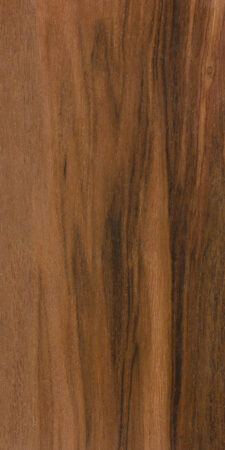
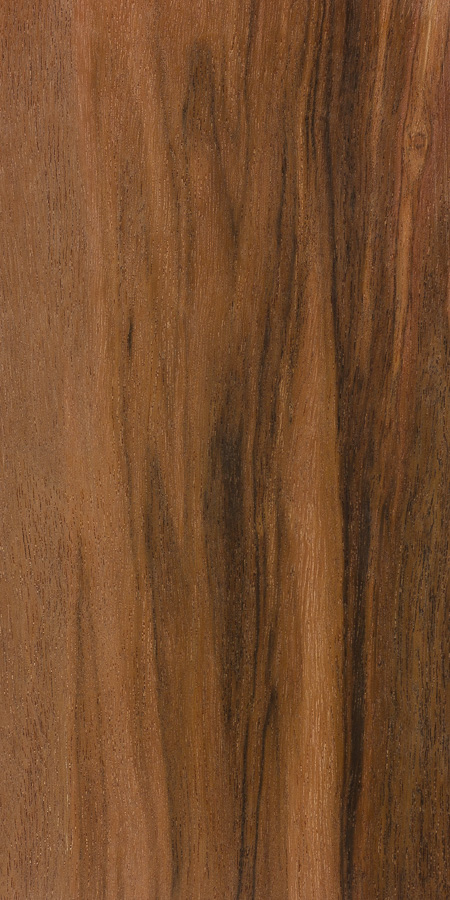
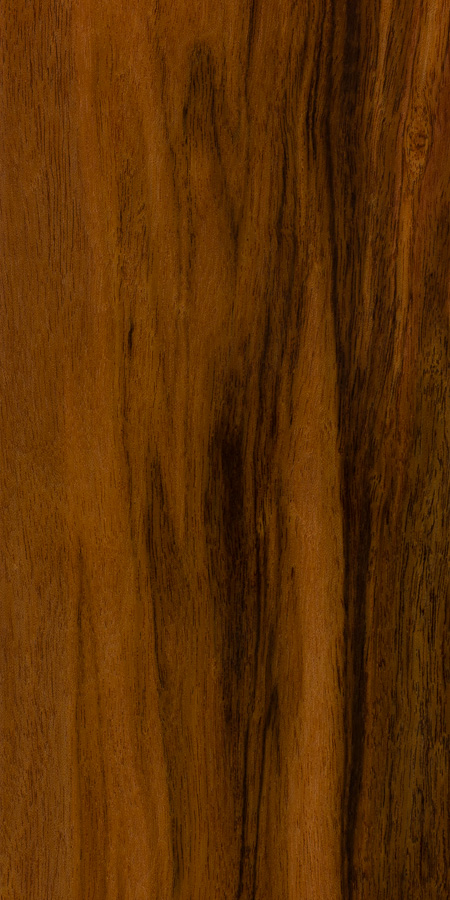
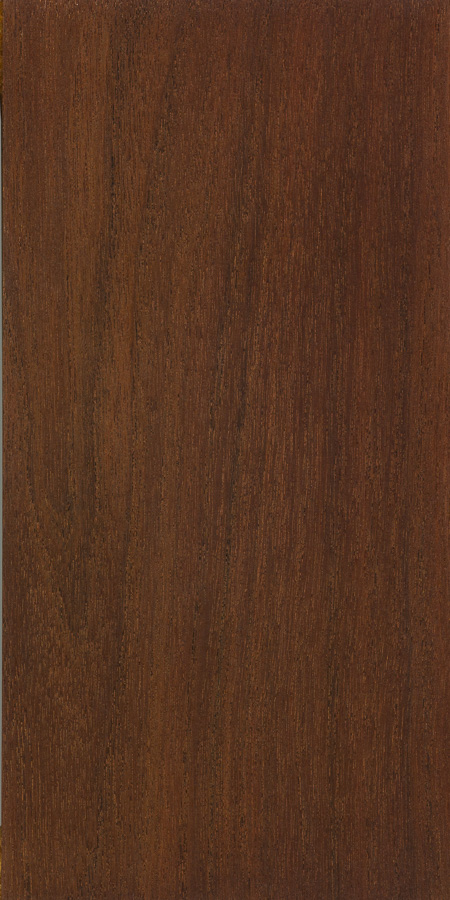
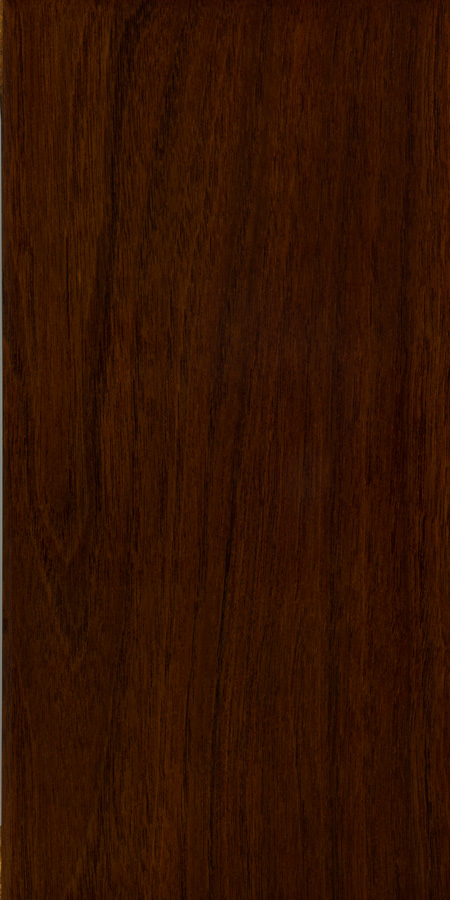
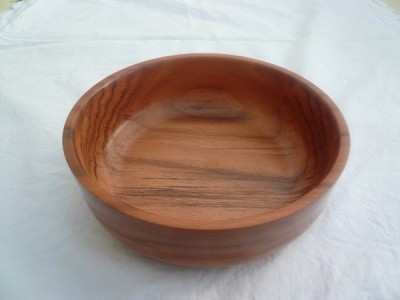
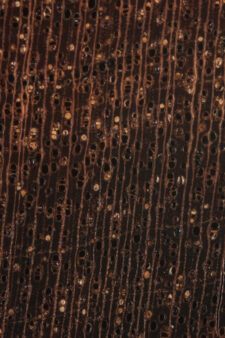

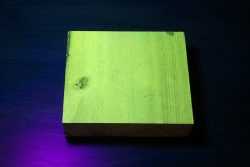


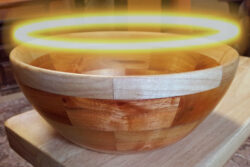



Darker one is before, lighter is sanded & finished with a light stain and extra matte finish. Can someone confirm this is Curupay? This is in Canada, so extremely exotic for a hardwood floor.
Following up from my previous comment, I made these out of Curupay for one of my neighbours. Hand carving the stuff wasn’t too bad after all
I made this candle holder for my wife out of Curupay, Cherry (legs) and Wenge (bottom support). It is a beautiful wood and very hard. I used some leftover to make a mallet.
Hi Eric, I have a curupay mystery. I’ve turned two bowls and a platter in this wood, and I can attest to its challenges. The results, though are really satisfying. This wood takes an incredible polish and can be machined almost like metal for fine details. Of the four blanks I have (all from reliable sources), two are fairly light in color and two are very dark. Could they be from two different species? Photos of two of them are attached.
I had to try this stuff when we got in a fresh lift a few months back at work. Got a wonderful quartersawn board and turned it into a few wooden swords for martial arts practice. The board I got finished to a beautiful dark brown/almost black with some nice streaks running through.
Tough as nails and incredibly hard to carve by hand, but I’m real happy with the result.
Way back when I grow up in the 60s, there was one tree from Paraguay and Argentina called “Petiribi also Loro” they where using it for furniture and also flooring, can anybody recall that, or perhaps know the real name. Thanks
Curupay (or Curupau, as we call it) is among my personal favourite timbers. It is great choice for wooden flooring for those who are after exotic timber floor. The dark streaks gives an unique character of the wood. It is also among the hardest and most durable wooden flooring options.
I have hundreds of pictures of turned bowls on my wed site. You’re welcome to use any of them as long as I receive credit for photos used and photos are link to my web site https://www.nelsonwood.com.
Thanks
Bryan